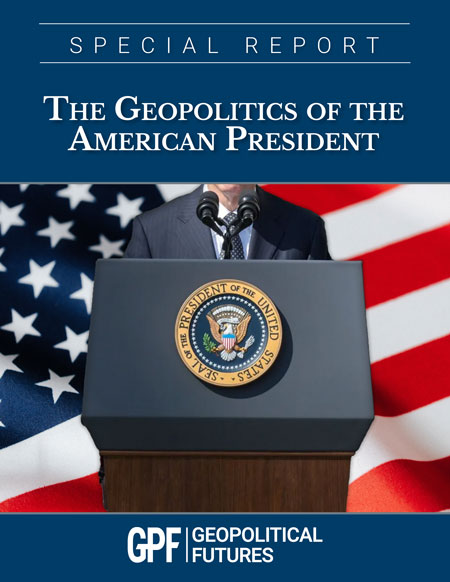Over the next 19 years, the United States will adopt a new strategy to maintain power at the lowest possible cost. This strategy will resemble isolationism, in that the U.S. will not be drawn into regional military conflicts in any significant capacity. The U.S. will support its allies with supplies, training and some air power, however, it will contain regional problems in Europe, the Middle East and Asia, rather than directly and forcibly engaging. This will prove to be a prudent strategy and help the U.S. sustain its global dominance.
Forecast
The coming year will revolve around what happens in the U.S., China and Russia – and between Israel and Hamas.
Though the war in Ukraine is agonizing to observe, it is not the most important issue of 2023.
This year, pandemic-induced shortages and supply disruptions frame all other trends in the international system.
Economic and political fallout from COVID-19 responses will remain the primary driver of events in 2021.
Economic dysfunction will be the main driver of the international system in 2020, the most important dimension of the slowdown will be the increase in social instability.
One era is ending and another will soon begin.
It’s difficult to ignore how dramatically the world has changed since 2008, when the global financial crisis shook the foundations on which the international order was built.
As we have been forecasting, the major force driving the international system will be rising nationalism deriving from the economic and social forces unleashed during the 2008 financial crisis.
Eurasia is increasingly unsettled while North America remains relatively stable. This is the model that will define and drive events globally in 2016.



 The Geopolitics of the American President
The Geopolitics of the American President